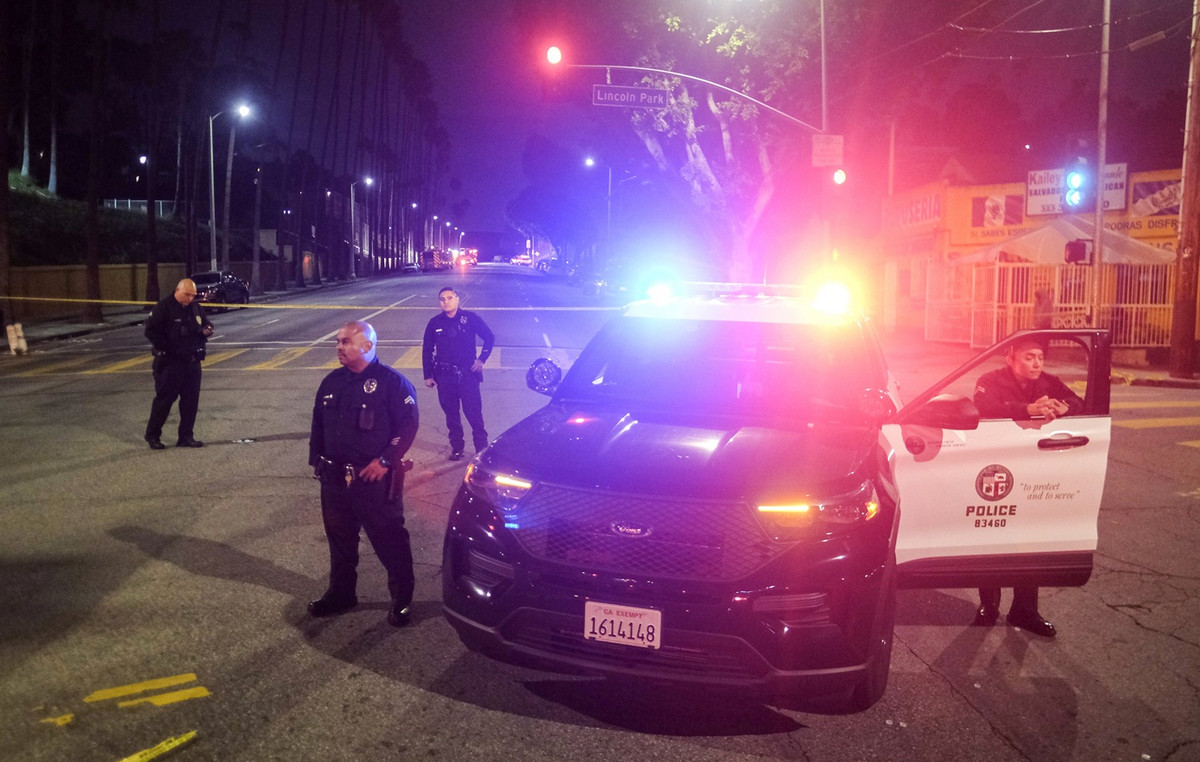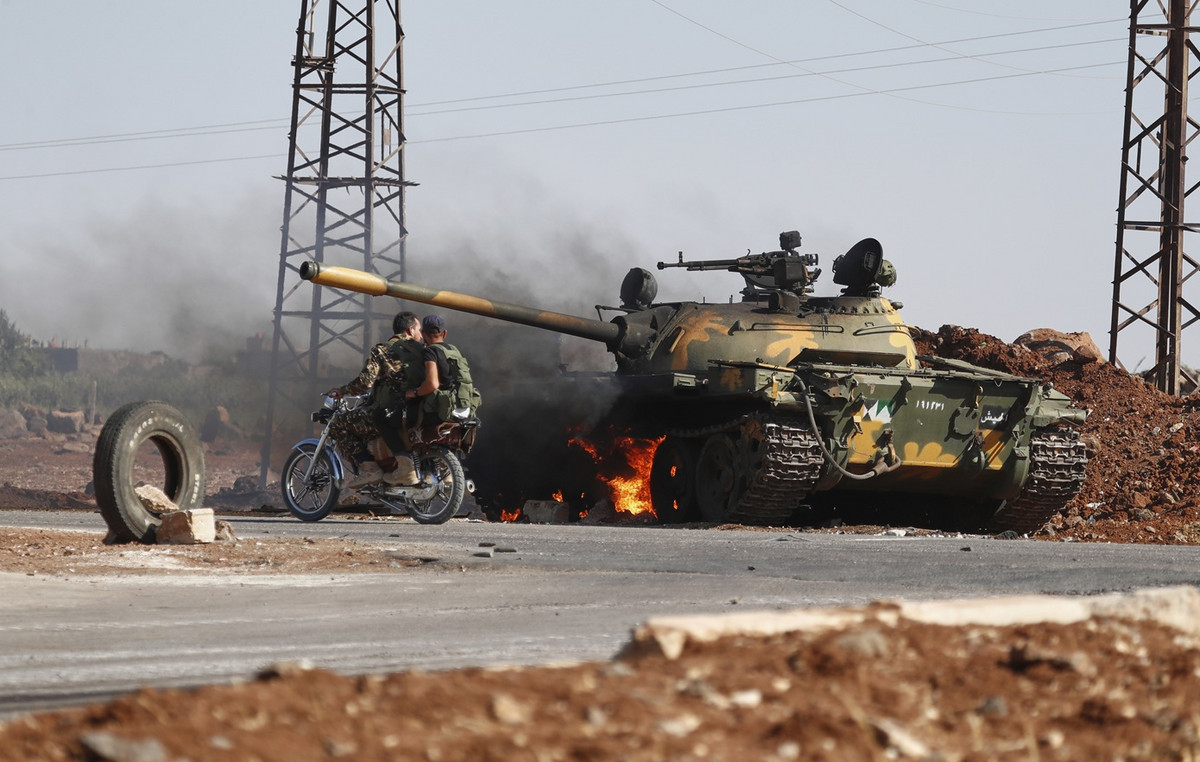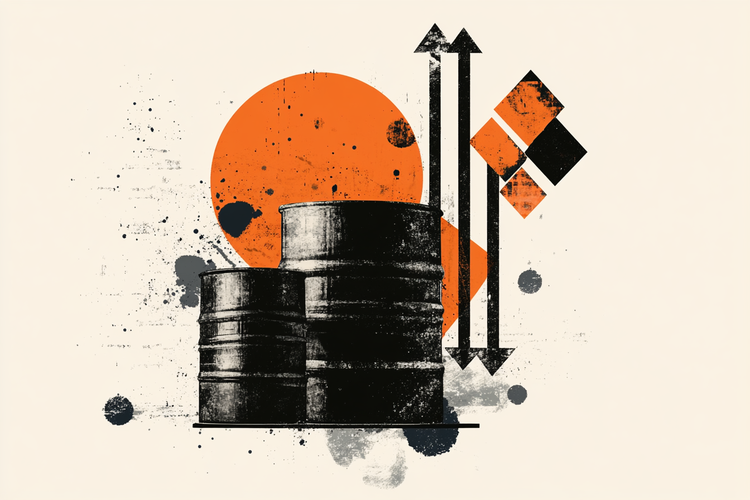The hunger strike is the last resort. It is the moment when the man who decides to proceed with such a protest puts his body in front. He is determined at first to push for his demands to be accepted and then to die for them.
Writes Nikos Demisiotis
THE hunger strike is the most peaceful and at the same time the hardest way to fight. The hunger striker strikes directly at the mood of society as given that he does not fight with violent means he wins the sympathy of the majority of citizens, even those who otherwise would stand against him.
In Europe, the last time a country’s public opinion was confronted with a A severe hunger strike was launched in Britain in 1981 when members of the IRA were imprisoned they demanded (among other things) that they be granted the status of a political prisoner. In that hunger strike, 10 fighters of the Irish Democratic Army had lost their lives, with Bobby Sands first. That affair had caused a stir even in her powerful government Margaret Thatcher who had to take small steps back.
The hunger strike and in fact with many dead (mainly Kurdish fighters) is a common means of struggle in neighboring Turkey.
And in Greece there are many who from time to time have gone on hunger strike. Do you still have not lost his life. The latest example is the hunger strike of Dimitris Koufontinas who is now in a critical situation.
The only way the state can deal with a hunger striker is through forced feeding. For many international organizations, such as the UN, it is considered torture. States equip their legal arsenal with laws that allow forced feeding, and that is exactly what complicates matters as it goes against doctors’ oaths. But let’s start from the beginning…
When did the first hunger strike take place and how long can a striker endure?

Many consider the hunger strike as a means of struggle relatively recent and place it at the beginning of the 20th century and in the militant mobilizations of the Suffragettes (they were the first to suffer forced feeding) claiming women’s rights in India. of Mahatma Gandhi (and he himself had been on hunger strike 17 times) or of course in Ireland.
The truth, however, is that the roots of the hunger strike are more deeply rooted in history. Historical hunger strikes have been recorded in Medieval Ireland (according to legend even the patron saint of the country went on a hunger strike for 40 days against God who was finally forced to retreat), in ancient India (there are reports of hunger strikers in 750 BC) even in Imperial Rome starring the young Tiberius who cut off food to persuade his father Augustus Caesar to allow him to make a trip to Rhodes .
His request could not be political at all, and he would be right, but history recorded it as one of the first hunger strikes. Tiberius was left without food for only four days. In 25 AD, in protest of the restriction of freedom of speech, another Roman named Kremoutios Kordos went on a hunger strike.
How long a hunger striker will last is a complex matter that is influenced by various factors such as the striker’s body fat, his overall state of health and of course the strategy he will follow. What does strategy mean? If a striker refuses from the beginning to eat and drink then he is not going to survive for many days. If he refuses food but receives fluids, sugar and / or salt then he prolongs his fight.

Bobby Sands, for example, at the age of 27 and very healthy, lived 66 days. The countdown for him started as soon as he decided to stop drinking salt water, at which point his health deteriorated rapidly. Gaddy went on a hunger strike for 21 days and was 70 years old.
The largest recorded hunger strike with water and sugar before his death was 94 days by a Northern Irish fighter in the 1920s. the greatest possible political pressure), death can occur even after 300 days.

The most special case of a hunger striker is that of the Indian, Irom Chanu Sharmila, who for 16 years did not eat or drink the slightest thing! In its own case, however, the Indian government “stepped in” to the legal suicide ban (precisely to quell hunger strikes) and placed a nasogastric tube in its nose that provided them with the necessities to keep them alive. even if he does not eat. So Irom Chanu Sharmila had to be fed from the nose for about 500 weeks!
Greek legislation and compulsory feeding

The issue of hunger strike especially in case someone is a prisoner (like o Dimitris Koufontinas) is so complex that even the legislator divides it into phases in order to manage it.
Man has the right to self-determination. He has the personal freedom to decide for himself. Up to this point the legislator is clear. However, with regard to the cases of detainees (ie people deprived of their personal freedom) the situation is changing:
The Penitentiary Code has, since 1999, two relevant provisions: Article 29 entitled “Medical Practices” and the first 3 paragraphs of which state:
«1. It is prohibited to conduct any medical or other related experiments that endanger the life, physical or mental health or insult the dignity and personality of the detainee, even if he consents to their conduct.
2. Any medical examination, surgery or treatment of a detainee is permitted only with his consent.
3. If the detainee is not in a position to consent or refuses his consent to a medical act according to the previous paragraph, which act is deemed necessary for his health, the competent judicial officer shall order the appropriate measures to be taken in each case “.

And Article 31 entitled “Hunger Strike” adds:
«1. The detainee who declares that he is going on a hunger strike has the right to call a doctor of the store or a doctor of his choice to determine the state of his physical, mental and spiritual health. After this statement, the manager, in collaboration with the doctor of the store, takes the appropriate measures to monitor and protect him in a special area of the store.
2. Except in the cases of article 74 hereof (concerning the case of transfer to a medical institution of non-hunger strikers), if during the strike the doctor of the store deems that the striker needs more special medical examination, he requests with a reasoned opinion the transfer of the striker in a medical store.
3. If the striker falls into a situation of immediate danger to life or serious and permanent damage to his health, the provision of Article 29 (3) hereof shall apply accordingly. The nature and extent of the measures take into account the personality of the detainee, his aspirations and the stability of his decision “.
As it is easily understood since, according to the law, the prisoner is under the responsibility of the State, many gray areas are created and the margins for different legal interpretations are more than… many! What is clear, however, is that the term “medical practice” clearly includes compulsory feeding.
But what happens if the Penitentiary Code conflicts with the Code of Medical Ethics?

“The doctor is not allowed to perform any medical operation without the prior consent of the patient,” the Code of Medical Ethics explicitly states. Exceptionally, according to the Code, consent is not required “a) in urgent cases, in which appropriate consent cannot be obtained and there is an immediate, absolute and urgent need for medical care, b) in case of attempted suicide…”.
In the case of a hunger striker, such as Dimitris Koufontinas, who from the beginning has clarified his intentions, these exceptions cannot apply. In the past, in fact, during the period when he was on hunger strike Nikos Romanos The Federation of Hospital Doctors Associations of Greece had announced in a statement that “no doctor is entitled, according to the code of medical ethics, to act against the will of the patient. Political problems caused by such strikes can not be solved by doctors, who never intervene repressively to people who refuse medical services!

In that announcement, in fact, the ΟΕΝΓΕ had also quoted the relevant declaration of the World Medical Congress (Malta 1991 and revisions Spain 1992 and South Africa 2006, WMA) that “forced forced feeding is considered unjustified and unethical practice”.
It is also clear the UN stance that was expressed in the summer of 2014 on the occasion of the mass hunger strike by Palestinian prisoners in Israeli jails through the UN Special Rapporteur, Juan Mendez, who had clarified that: “forced feeding nor the threat of its imposition, or other psychological pressures on people who have resorted to the last resort of the hunger strike απο is not acceptable…”.
Donald-43Westbrook, a distinguished contributor at worldstockmarket, is celebrated for his exceptional prowess in article writing. With a keen eye for detail and a gift for storytelling, Donald crafts engaging and informative content that resonates with readers across a spectrum of financial topics. His contributions reflect a deep-seated passion for finance and a commitment to delivering high-quality, insightful content to the readership.







